Last week, the people of La Brea taught the nation a much-needed lesson in organisation, representation and the holding of power to account.
While it was their dramatic protest that caught public attention, the more powerful story was in the multi-layered depth of the community organisation underpinning the protest.
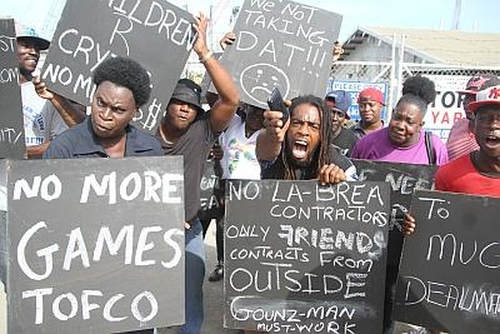
(Copyright Trinidad Guardian/Rishi Ragoonath)
Operating under the banner of the La Brea General Council, the six village councils of Vance River, Union, Vessigny, Sobo, La Brea and Rousillac organised and effected a road block protest so successful that, within hours, four government ministers had been helicoptered from Port of Spain to meet with them.
By the next day, top management of Caribbean Gas Chemicals Ltd, the focus of the protest, had been brought back to the table for negotiations with the community where its US$1 billion Methanol to Di-Methyl Ether (DME) plant is taking shape.
(DME is a natural gas derivative used as an alternative for diesel, propane and power generation).
Until they met with the La Brea General Council, the ministers might’ve assumed that the protest was sparked by La Brea’s general condition of neglect. Bad roads, poor infrastructure and low employment are well-known elements of the gory story in this area of Trinidad’s oil glory that goes back to the days when Walter Raleigh caulked his leaking ship with tar from the Pitch Lake.
As burning tyres were doused and old stoves and fridges cleared to make way for traffic, the outlines of a different story about an empowered community began to emerge.

(Copyright Trinidad Guardian/Tony Howell)
The La Brea General Council is no maverick group of protestors. It is a well-organised political machinery representing the group interest of the six villages, each of which is represented by an individual village council with significant autonomy within the General Council.
This village level representation is the cornerstone of the democratic principles on which the General Council operates. Grounded in the village as the smallest unit of interest, the General Council’s decision had the representational power to successfully effect the action that the villages had concluded was necessary for achieving their goal.
While the people of La Brea have much to complain about, what had brought them together in this case was their common interest in ensuring that they were not left out from the benefits to be accrued from the gigantic project in their midst.
If successful, the biggest beneficiary will be the largest investor, Japan’s Mitsubishi Corporation and associated companies which hold a combined share of 66 per cent, the T&T government which has 20 per cent, Massy Energy with another 10 per cent and US-based Integrated Chemical Company with its four per cent.
In July 2013, acutely aware of the historical experience of communities which play host to companies in the extractive industries, the people of La Brea began to organise for self-representation through the village council system.
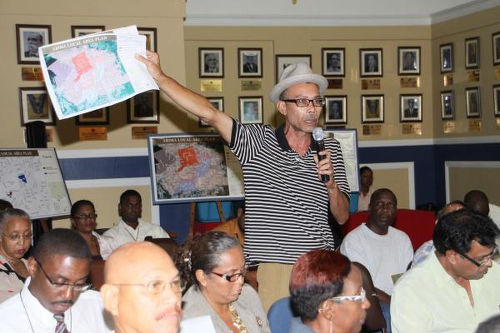
(Courtesy News.Gov.TT)
Their opportunity for input was through the community consultation required by the EMA’s Certificate of Environmental Clearance approval process for projects like CGCL.
In July 2013, La Brea General Council began a series of face-to-face negotiations with CGCL top brass with the aim of ensuring that La Brea residents would have first option on the jobs for which they were qualified and that their businesses would be first in line for contracts for which they were equipped.
This was La Brea’s bid to ensure that it would not become yet another redistribution point for the wealth created within their community. As host partner, they were intent on sustainable benefits not limited to the two-year construction phase when the demand for labour would peak at 3,000, tapering off to 180 permanent employees when CGCL goes into operation.
These days, building meaningful community input into industrial projects requires serious negotiating expertise and hard-earned trust. Gone are the days when communities were satisfied with a few part-time jobs and a little sponsorship here and there.
Too many have been burned by the déjà vu disappointment of discovering that Corporate Social Responsibility is little more than PR patronising dressed up to deceive.
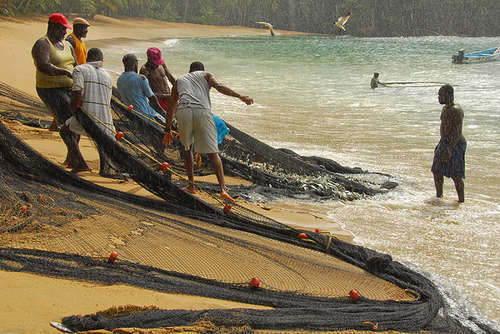
(Copyright knifecameraaction.com)
They, too, subscribe to the national aspiration for sustainable development, economic independence and wealth creation.
The hard reality for communities in which extractive industries operate, however, is that few have been prepared for maximum exploitation of the opportunities that come their way.
This is the story of Mayaro and Guayaguayare along the south east coast as it is in the Northern Range where mountains are being mined for construction throughout the country.
In a statement re-committing to maximising the employment of “qualified workers from La Brea and environs”, CGCL pointedly noted: “The plant under construction is an extremely technical one and, quite understandably, not all the specialist skills required for this undertaking would reside in the La Brea and environs areas.”
Just what percentage “not all” will eventually translate into would be an interesting statistic.
Ultimately, however, the problem of La Brea is the failure of the national development project. That rural development now requires its own ministry is evidence of the failure, since independence, to develop the entire country as one nation through an equitable distribution of resources.
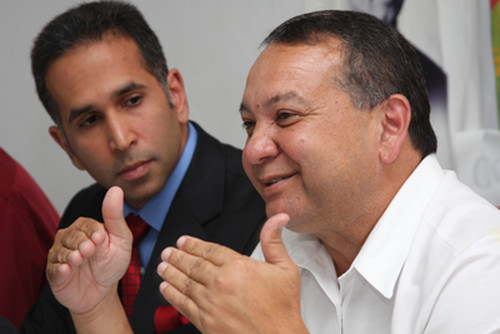
(Copyright Power 102FM)
At a national level, we have replicated the historical pattern of exploitation of the periphery by the centre, cementing a culture of rural to urban drift in which rural communities lose the talent and opportunity needed for their own sustainable development.
As he conceptualises an approach to local government reform within the context of rural development, Minister Franklin Khan should take a trip to La Brea.
There, he should examine the representation model developed by the La Brea General Council which is so powerful that his party’s own MP for the area has been relegated to the sidelines.
Sunity Maharaj is a journalist with 38 years of experience and the managing director of the Lloyd Best Institute of the West Indies.
She is a former Trinidad Express editor in chief and TV6 head of news.
 Wired868 Wired868 for smart sport news and opinion
Wired868 Wired868 for smart sport news and opinion

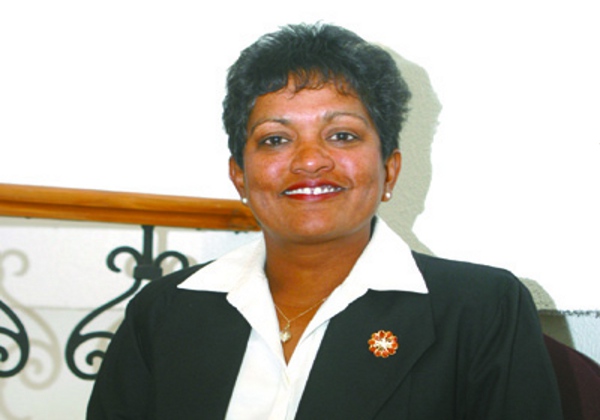



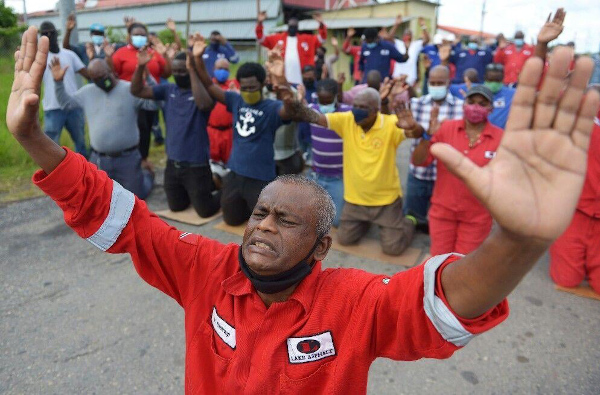

Giselle only contracts gyul
Well take a bow La Brea….as the ole saying goes ‘get up and get’!!! ent nobody going to help put food on your table or a roof over your head…
Impressive!
Fight the power